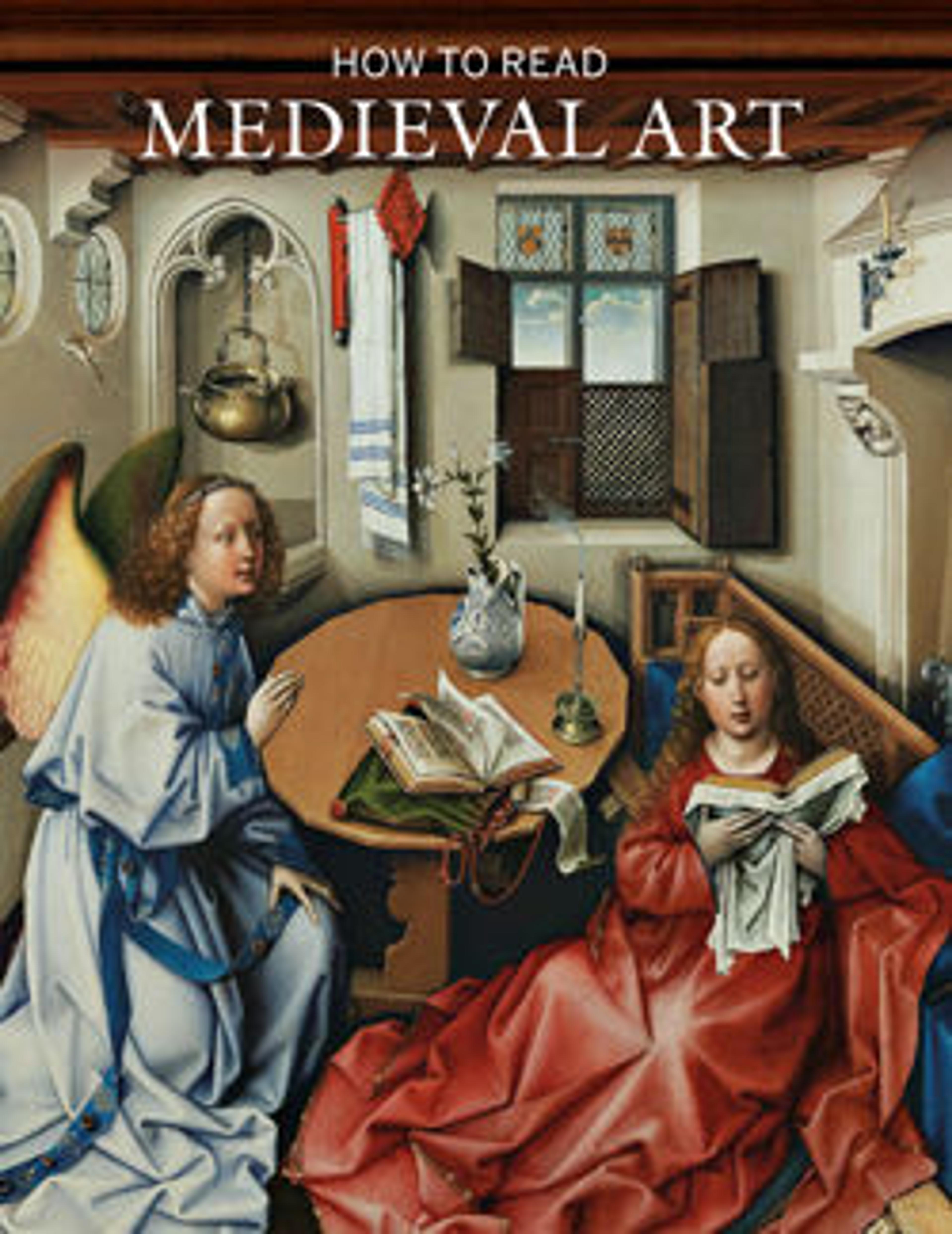The intensely expressive art of the Middle Ages was created to awe, educate and connect the viewer to heaven. Its power reverberates to this day, even among the secular. But experiencing the full meaning and purpose of medieval art requires an understanding of its narrative content.
This volume introduces the subjects and stories most frequently depicted in medieval art, many of them drawn from the Bible and other religious literature. Included among the thirty-eight representative works are brilliant altarpieces, stained-glass windows, intricate tapestries, carved wood sculptures, delicate ivories, and captivating manuscript illuminations, all drawn from the holdings of the Metropolitan Museum, one of the world's most comprehensive collections of medieval art. Iconic masterworks such as the Merode Altarpiece, the Unicorn Tapestries, and the Belles Heures of the duc de Berry are featured along with less familiar work. Descriptions of the individual pieces highlight the context in which they were made, conveying their visual and technical nuances as well as their broader symbolic meaning.
With its accessible informative discussions and superb full-color illustrations, How to Read Medieval Art explores the iconographic themes of the period, making them clearly recognizable and opening vistas onto history and literature, faith and devotion.
Met Art in Publication
Citation
Stein, Wendy Alpern. 2016. How to Read Medieval Art. How to Read Series. New York: Metropolitan Museum of Art.
